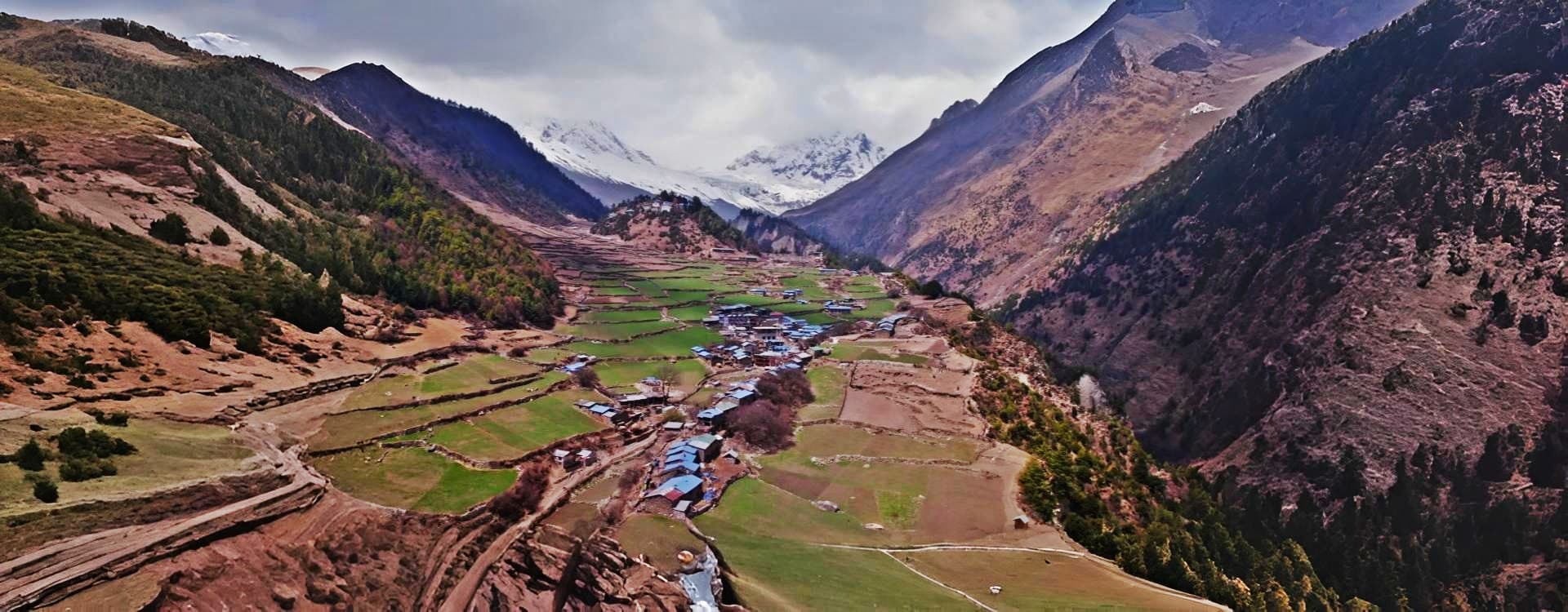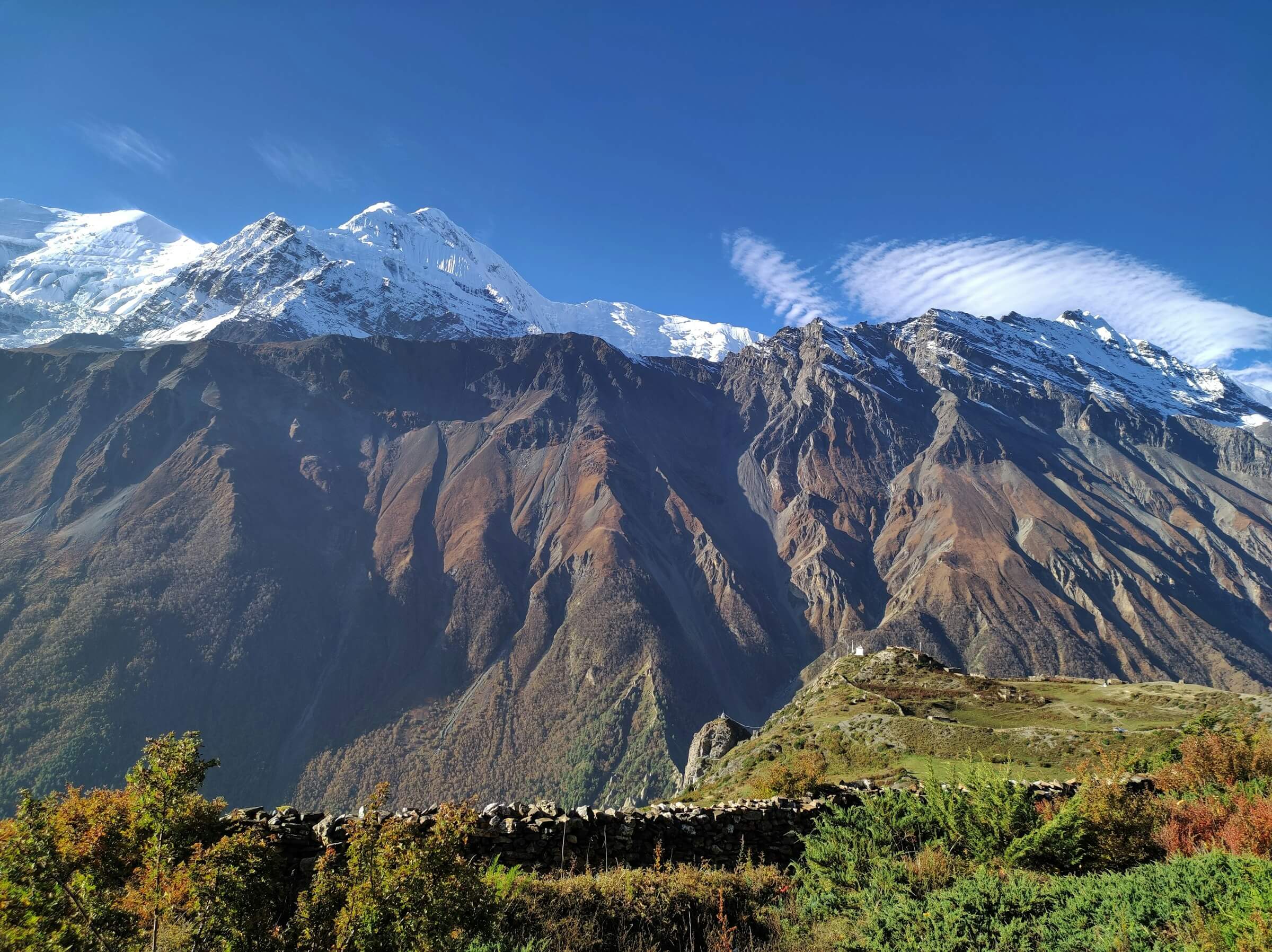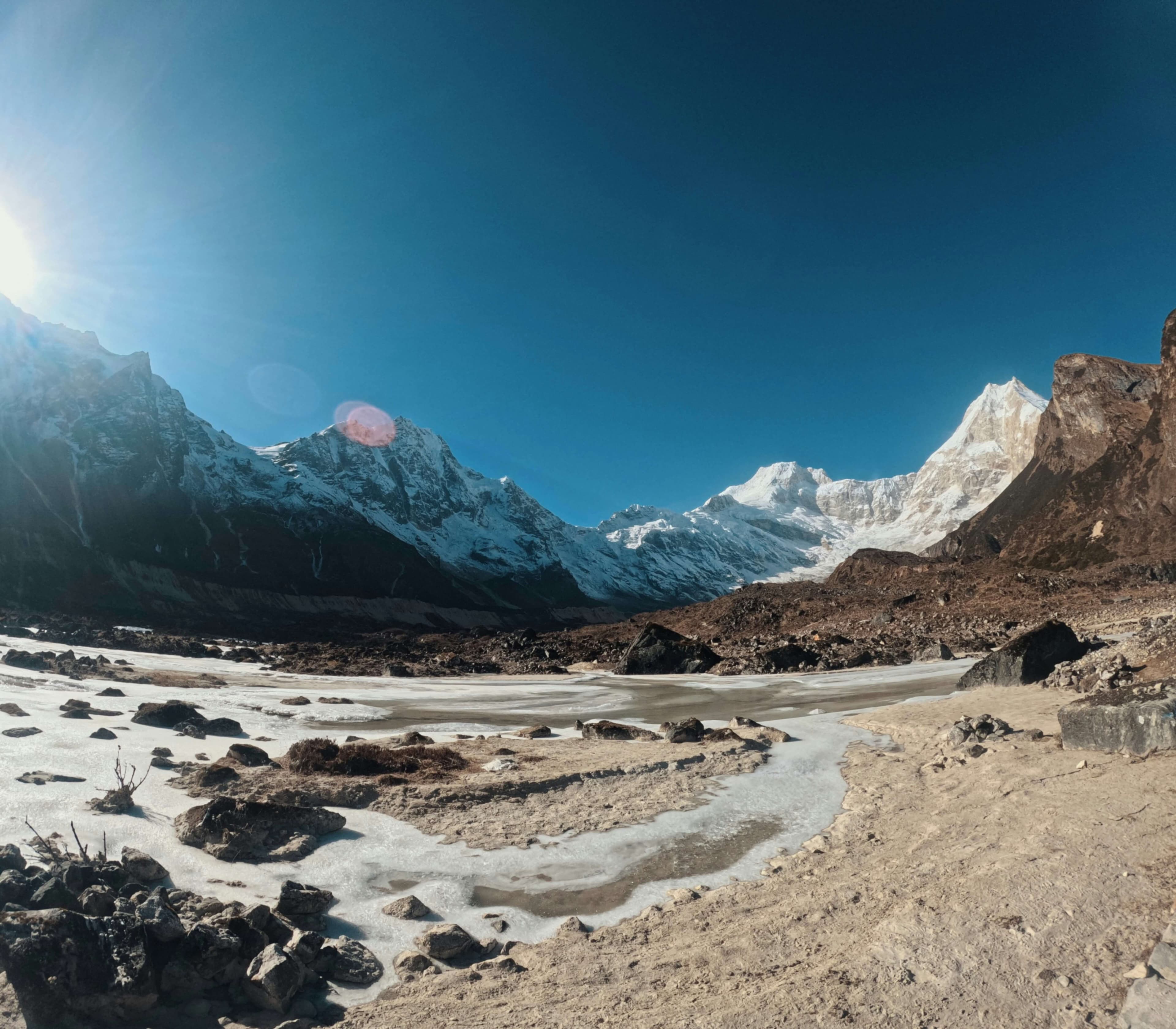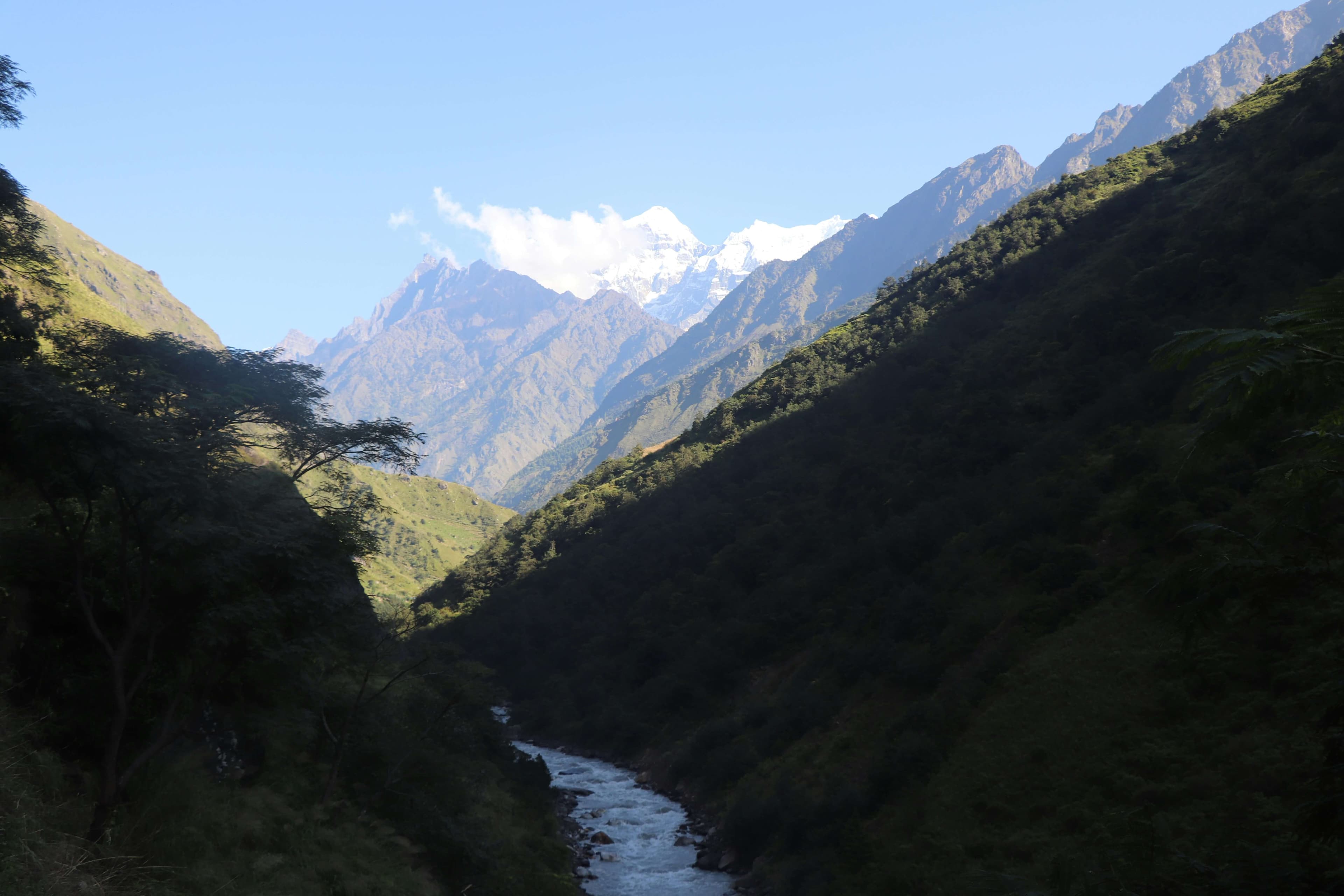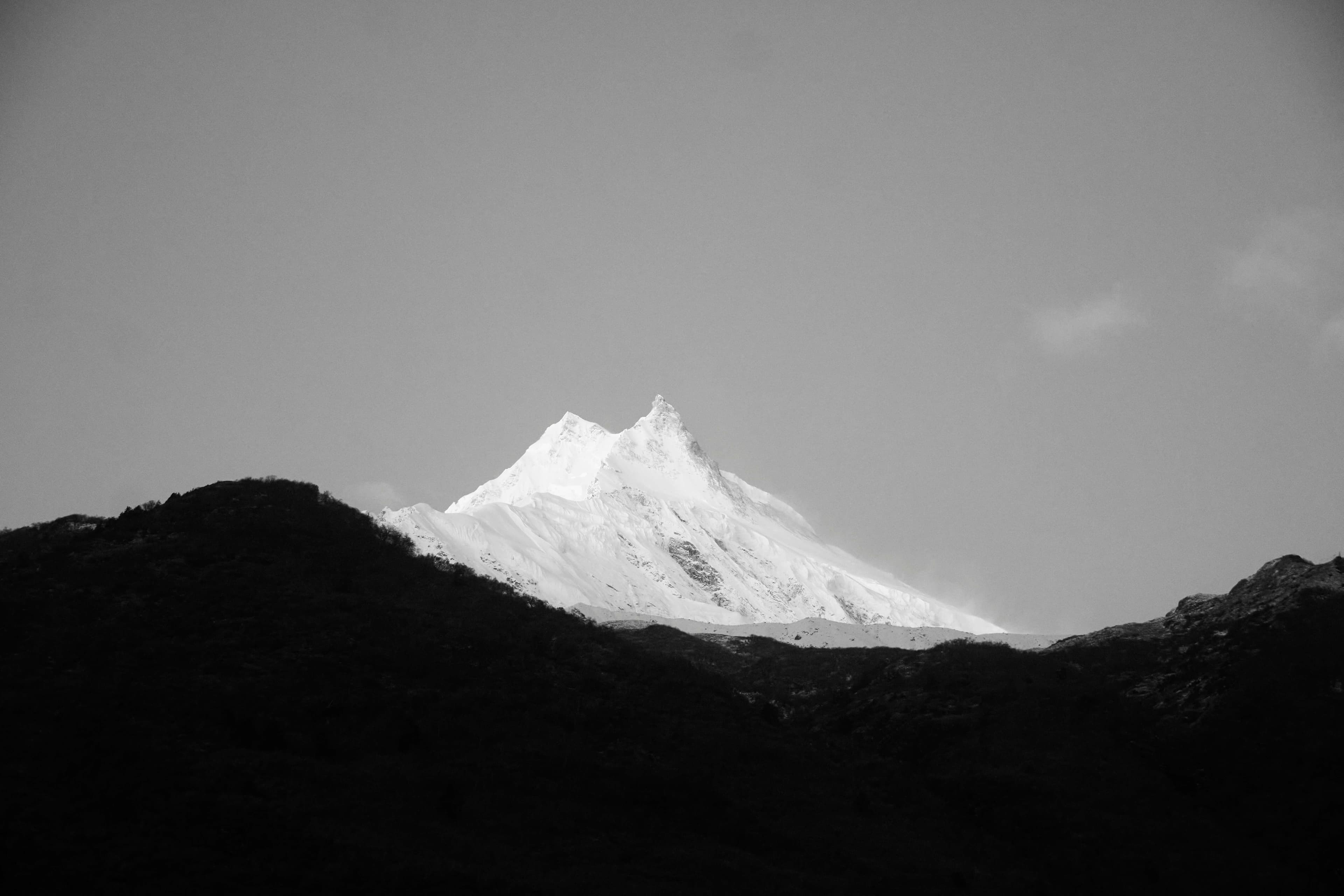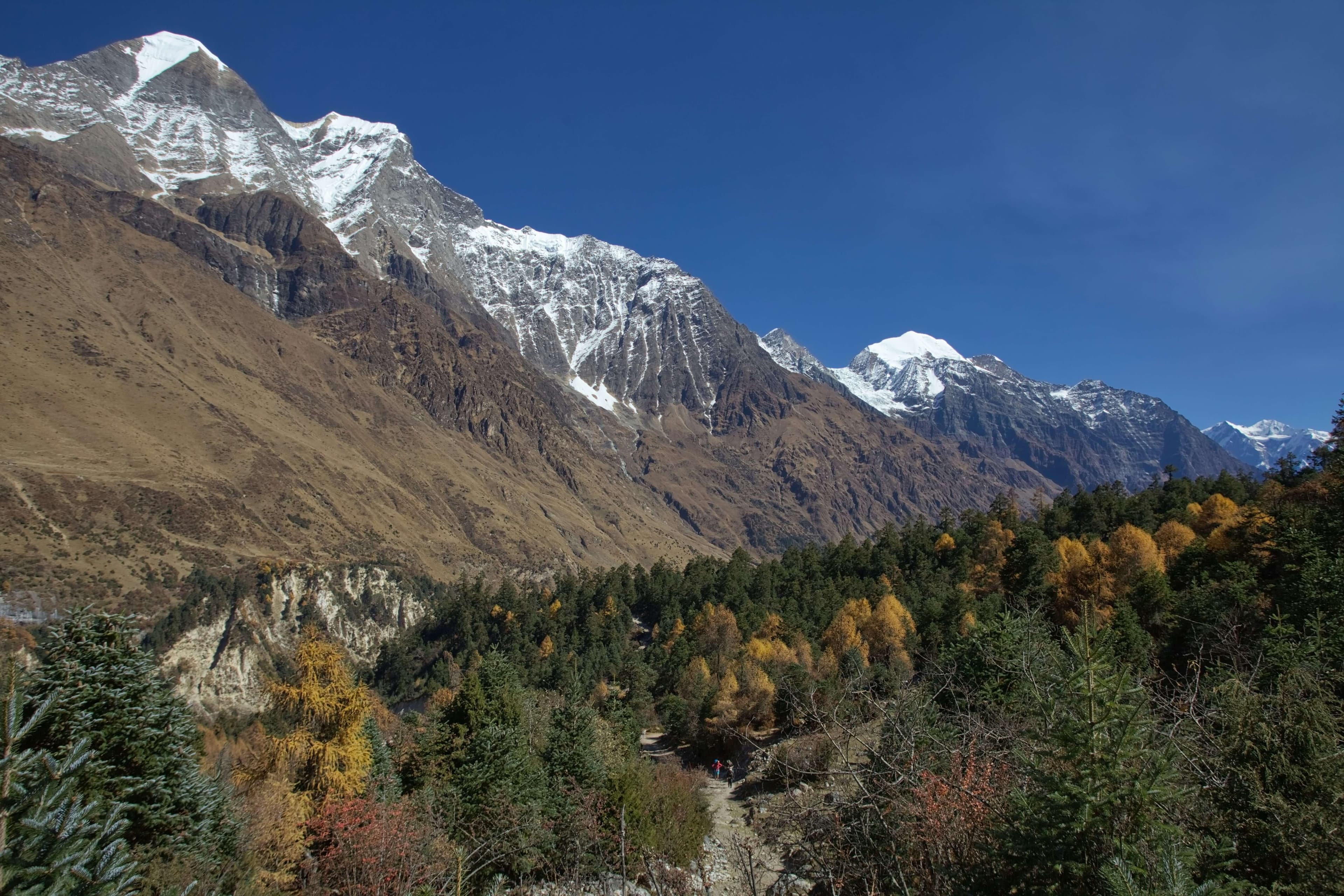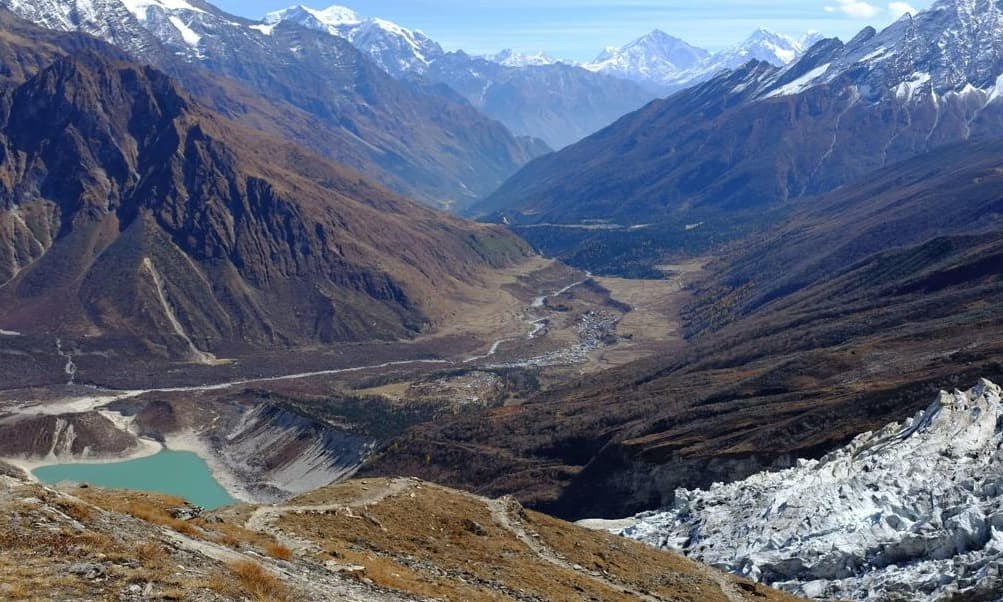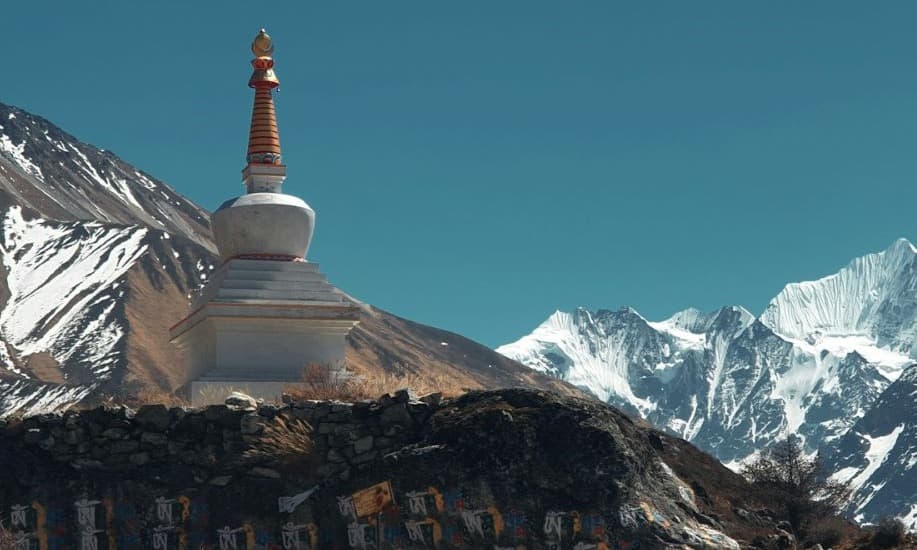A natural diversely rich Manaslu Region is a recently opened restricted area for outdoor activities and for the adventures. It made the nature remains unspoiled and untouched making it a land to explore for a real travelers and nature enthusiasts from different parts of the world. The top-tier tranquility and the untouched lifestyle of Himalayan people itself made Manaslu Region a exploring hub for travelling dopamine seekers.
The Region is filled with the numerous small settlements and traditional villages which are depending upon the traditional farming and animal rearing, which also lead to the uninflected culture from the outside world. With the wide residence of Himalayan people following the similar culture to the Tibetan traditions, Tsum Valley is an outstand location in between the high hills and surrounded by the snowcapped mountain peaks.
The unreal beauty of village and the far from the modern society already made Tsum Valley a chosen goal for the travel enthusiasts to explore the diverse aspects of travelling. The journey to get there following the Tsum Valley Trek trail covers the peaceful tranquility and a proper mountain village as well heavenly beauty of several similar villages with the traditional and cultural background.
Tsum Valley Trek offers the scenic journey following the routes which are being travelled by the Himalayan ancestors from centuries back. Those routes are used to be a great trail for trade in the past as well to travel. So, it is an experience in itself to follow the footsteps of pioneers of Himalayan people and have the taste of mountain journeys, along the diverse geography.
The local foods which have their own origin background are too interesting aspects to explore during Tsum Valley Trek. Trekkers and travelers get an opportunity to hunt for the local cuisines and dishes which are produced and prepared with organic methods in such higher altitude.
Also, due to the unspoiled nature and the untouched geography, the ecosystem in there too remains untouched and flourished inside the pure nature. The wildlife and the great collective flora and fauna as well the lush greenery along the blossoming forest adds more flavor to the journey of Tsum Valley Trek.
So, we designed a proper and a well-prepared itinerary for you to have a comfortable journey and an ultimate experience inside the tranquility of Manaslu Region. The trail of Tsum Valley Trek takes the duration of about 16 days and 17 nights of continuous journey through the Himalayan terrains and through the diverse natural aspects which is equally adventurous to Annapurna Circuit Trek, Everest Base Camp Trek, Manaslu Circuit Trek etc. This well prepared and properly scheduled itinerary days along the accommodation and logistics will definitely help you to create a lifelong experience.

